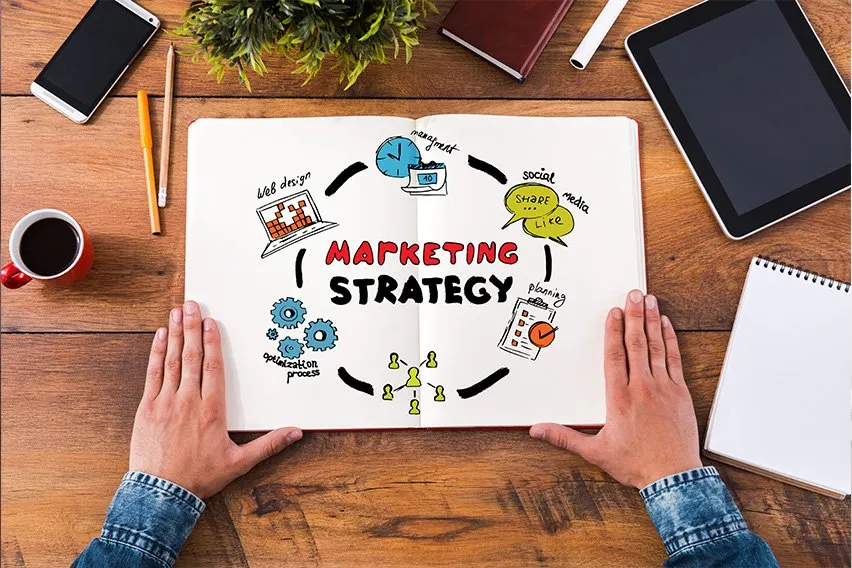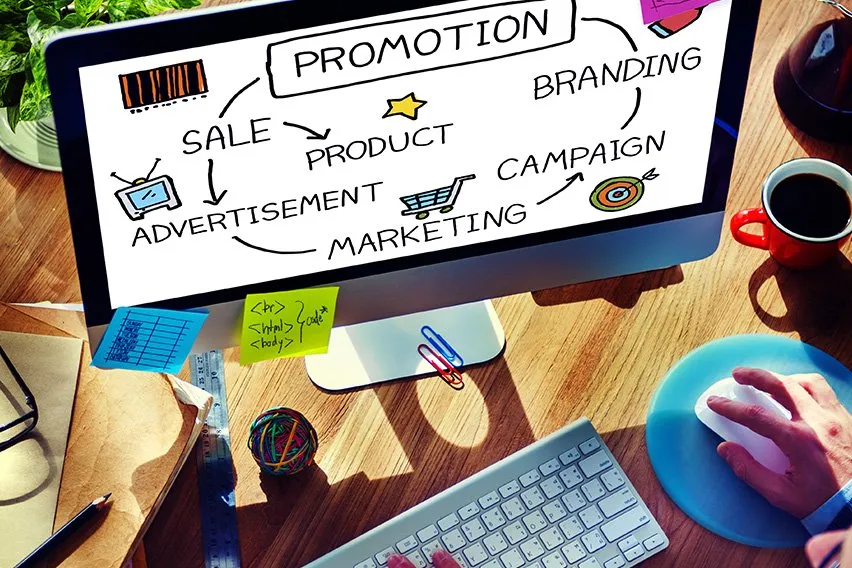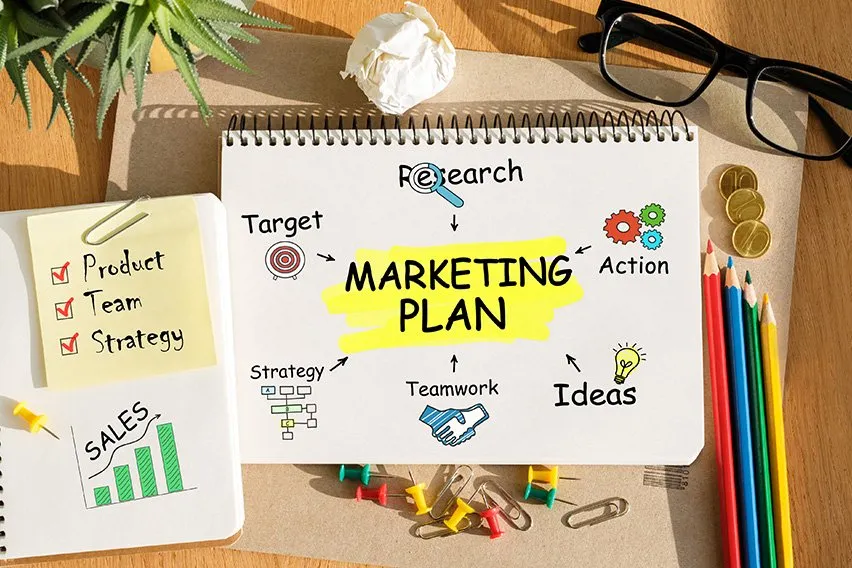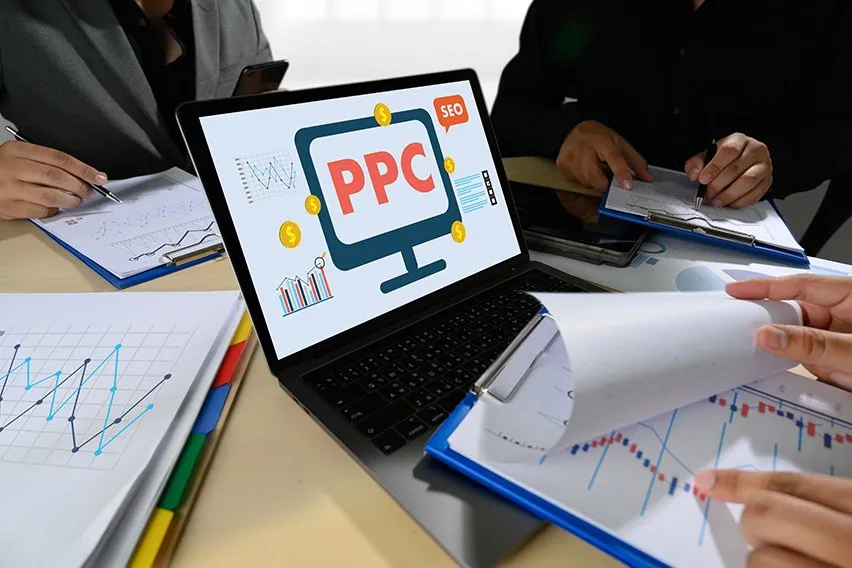8 Marketing Strategies for Small Businesses

The success of a small business has a lot to do with its marketing plan. Marketing is used to attract the customers needed to keep a business viable and operational. Marketing strategies are used to help a business achieve sales goals and branding initiatives. Through a variety of tactics, marketers work to attract the right customers to the business.
When business owners sit down to write their marketing plan, they need to consider what makes sense for their small business. What is working in the marketplace? And where should they start?
Here are 8 marketing strategies to set your small business up for success.
1. Establish a Brand
For a small business’s customers and potential customers to know what their company is, does and stands for, they need to have a clear brand identity. Once they have decided on their company’s identity they need to match it with a suitable name, logo, colors and imagery that conveys their brand to customers.
Small business owners might decide to establish a brand look with the help of a freelancer or by collaborating with an established agency. This process can be costly but in the end, it is worth it. Think about the recognition of established brands like McDonald’s or Starbucks and how that recognition is tied to their brands, logos and colors.
Once a company has its logo, it should put it on everything: advertising, business cards, website, envelopes, and email signatures.

2. Know Your Customer
There is no such thing as a one size fits all marketing strategy. Each business caters to a different niche in the market and therefore each company requires a marketing plan is specific to their goals and needs.
Before deciding on tactics and a strategy, small business owners need to better understand who
their target customer is by asking these questions:
- What is their demographic?
- How old are they?
- Where do they live?
- What online services do they use?
- How do they look for products?
Knowing these things about their target customer will help a business develop a targeted and effective overall marketing strategy that will focus on the channels that will produce the best results.
3. Create a Website
Websites are the modern-day business card. It is the first thing potential customers see when the Google company name and the first chance a company to make an impression. A website is the foundation of a marketing plan. Companies can use their website to provide their customers with more information, grab free traffic via search engines, drive people to their social media and establish themselves as an authority in the marketing through helpful content.
If your company doesn’t have a website yet, it is easy enough to get one.
Buy a domain name: Choose the name you want, see if it is available and pay a monthly or annual fee associated with owning that domain.
Sign up for web hosting: This is where another company hosts a company’s webpage on their servers and manages serving it up to their customers. This is often available through the same company where the domain name was purchased.
Get a content management system (CMS): This is used to both create and update the website over time. There are a number of free templates but if a company wants something more unique or customized, they can pay $50–$100 for premium themes.
4. Use the Power of SEO
The most prevalent way traffic is directed to a website is through Google searches. As Google algorithms change, a company needs to make sure to keep their page keywords optimized to make sure they are ranking high on searches.
Having a site show up on the first page of results hugely increases the chances of that website getting clicked on, so a company should do everything in their power to make sure that’s where they are in a Google search.
5. Get Listed on Google
A useful tool for local businesses with local customer bases is Google My Business. When people in the same area as a company search on Google for a product or service the company provides, the company will appear in the top searches.
When potential customers see a business’s profile and it is accompanied with a good review or finds the listing at the top of their list, the business gains credibility and people will be more willing to trust the business.
6. Advertise on Facebook
One of the best ways to target a specific group is using Facebook Ads. A business can focus their adverting on demographics such as age, sex, location, interests, online habits, and more.
Setting up advertising on Facebook is easy and relatively inexpensive. It is a great way for a business to reach a maximum number of potential customers in a short amount of time.

7. Email Customers and Potential Customers
There are many advantages of using email as a marketing strategy. It is easy to do, can be automated, provides instantaneous communication, costs very little, and can reach a large number of potential customers.
Once email addresses are added to an email list, it is important that a business provides interesting, valuable, and relevant content to their list so the emails get opened and not just merely diverted to spam mail.
8. Use Google AdWords
Remember, the key is for people to find you when they search on Google, and by using Google AdWords, you can greatly increase your chances of people seeing your name.
Google AdWords is more expensive than other marketing tactics we have discussed here but should still be considered as it is a powerful marketing tool. The key is for people to find you when they search on Google and by using Google AdWords, a business can greatly increase the chance of people seeing their name.
Also Read: Best Advertising Tactics for Small Businesses
What Are the Best Types of Advertising for a Small Business?
Watch the video to learn about 7 types of advertising to consider in your digital marketing strategy—including 3 that are beneficial for almost every small business.
RELATED ARTICLES

 10 Ways to Promote Your Business Online
10 Ways to Promote Your Business Online How to Create a Marketing Plan?
How to Create a Marketing Plan? Small Business Marketing Budget: How Much Do I Budget?
Small Business Marketing Budget: How Much Do I Budget? PPC for Small Businesses: Winning SEM Strategies to Grow Your Revenue
PPC for Small Businesses: Winning SEM Strategies to Grow Your Revenue How to Create a Business Website?
How to Create a Business Website? Marketing Automation for Small Businesses
Marketing Automation for Small Businesses